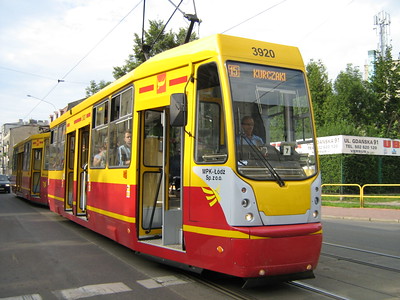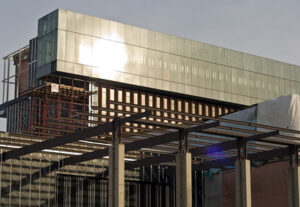In 1955, the last streetcar traveled down Farnam Street in Omaha, NE; the city replaced its streetcars with an all-bus fleet. Over the years, Omaha has either paved over its streetcar tracks or plowed them up during repaving projects. So, it should come as no surprise in 2022 that Omaha is preparing to issue hundreds of millions of dollars in bonds to build… a streetcar system! And as usual, the bond issue “won’t cost the public anything – guaranteed!”
Omaha officials guaranteed that the new streetcar system will generate so much revenue that the bonds used to build it would not cost the city taxpayers a dime. Except that between the promise and the bond issue, things have gotten a little squirrelly in terms of interest rates. Under those conditions, the “guarantee” is going to need to be a little more flexible.
The original plan was to sell $360M in “redevelopment bonds,” which – according to Omaha officials – leave the bond buyers to manage all the risk. Of course, people don’t invest money in something for the thrill of risk, so the whole idea of “riskless” bonds is wishful thinking. Another perhaps more likely scenario is the City issuing $80M in lease purchasing bonds, which makes the City squarely responsible for the bond repayment if the system revenue somehow does not generate enough cash to pay the bills.
(That sounds more like it.)
The Omaha City Council will vote in December on which bonds to authorize. (They could authorize both, but only time and market conditions will determine which bond option gets used.)
Bond issue will rely on general fund for repayment
So, you might have noticed that there’s a huge gap between the $360M in redevelopment bonds and the $80M in lease purchasing bonds. The difference comes in because the initial plan called for issuing enough bonds to pay for not only the streetcar project, but also a number of other goodies. If the City of Omaha goes forward with the lease purchase bonds, and the anticipated revenue is greater than the actual revenue, the City will need to make up the difference from its general fund.
Maybe I’m cynical. This has all the hallmarks of a financial disaster in the making. Can’t miss project that will generate its own revenue – guaranteed! A new TIF district that will generate the rest of the financing the project needs – guaranteed! Could generate so much revenue that it will fund other projects – guaranteed!
Yeah. What could possibly go wrong? (Besides the part about not costing the public anything.)
My point here is this: Projects that “pay for themselves” and “won’t cost the public anything” are just that until something happens and then they’re not that any longer. The project doesn’t stop; instead, the public gets to jump in and save the financial day as often as necessary, no expenses spared.
The same is true with WCC’s proposed hotel (see Master Plan). WCC’s hotel project is going to pay for itself (until it doesn’t); then, it will draw off of WCC’s general fund for as long as the building remains standing.
Sadly, that’s the only guarantee WCC’s hotel project is going to come with.
Photo Credit: Igal Koshevoy, via Flickr





























